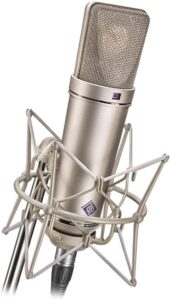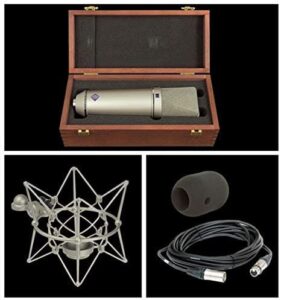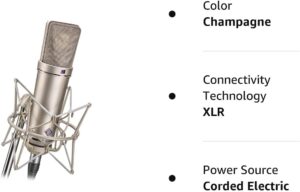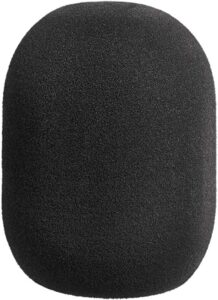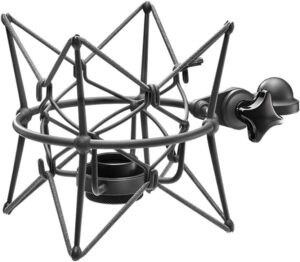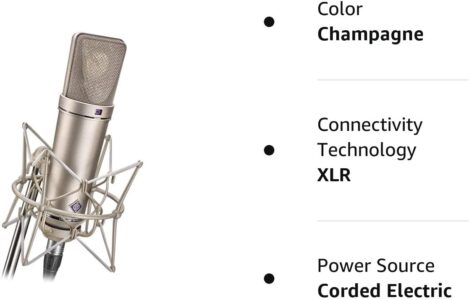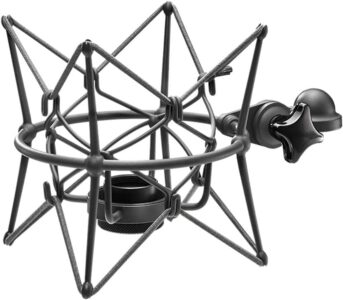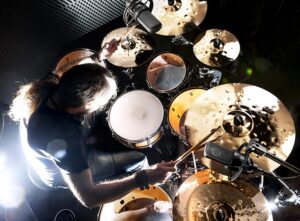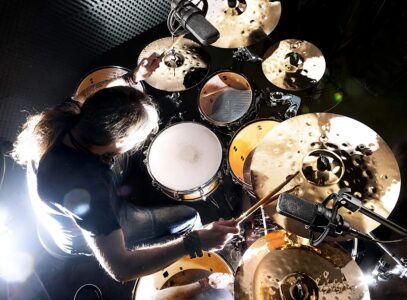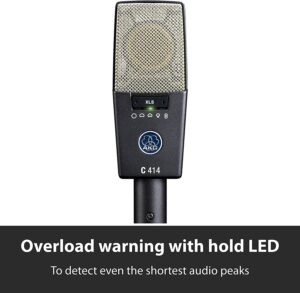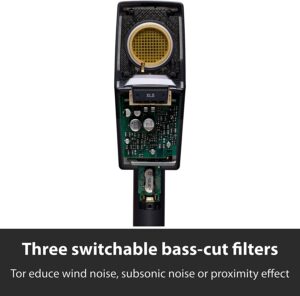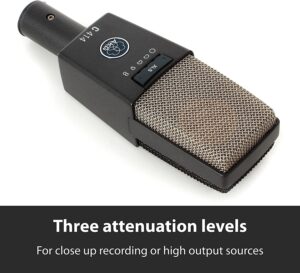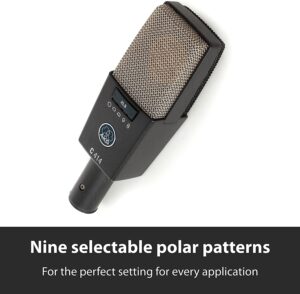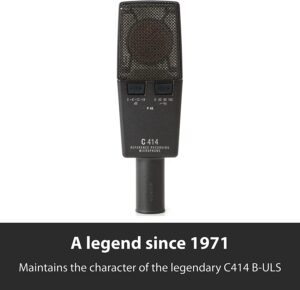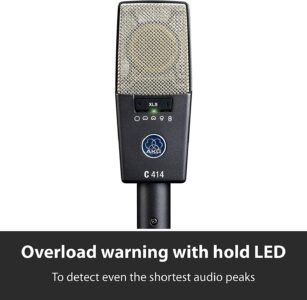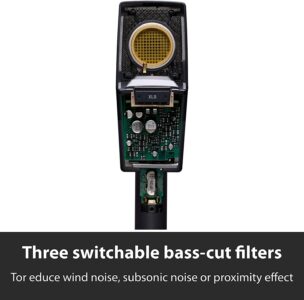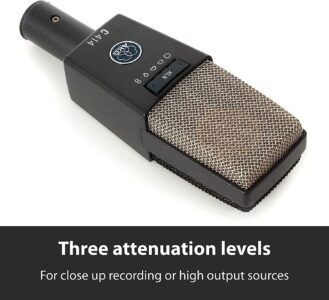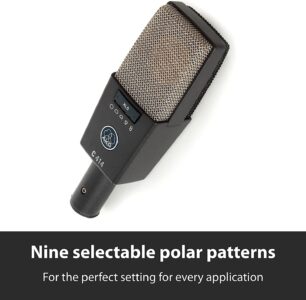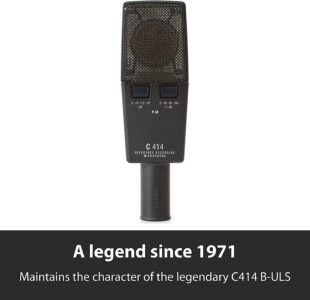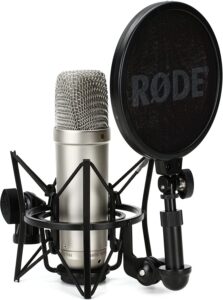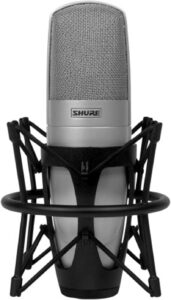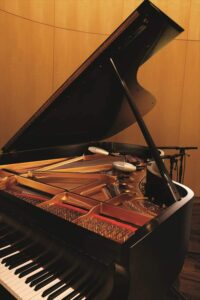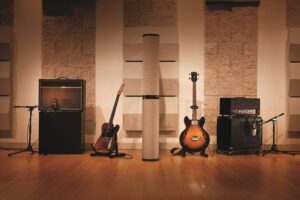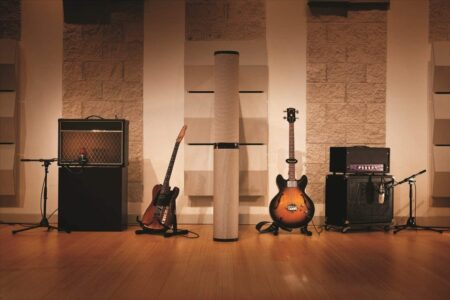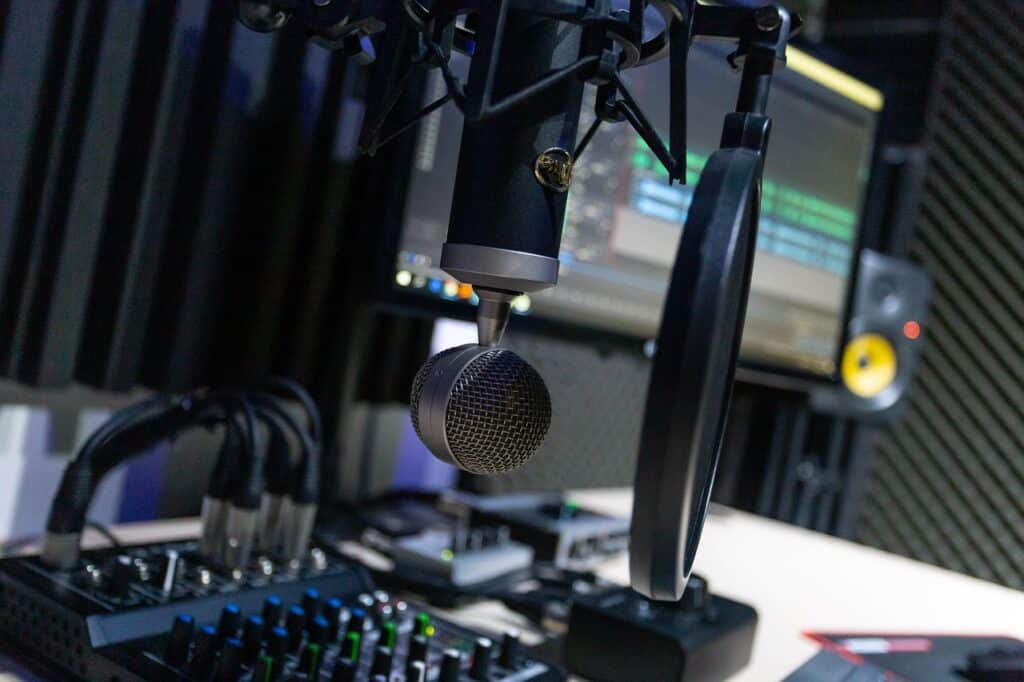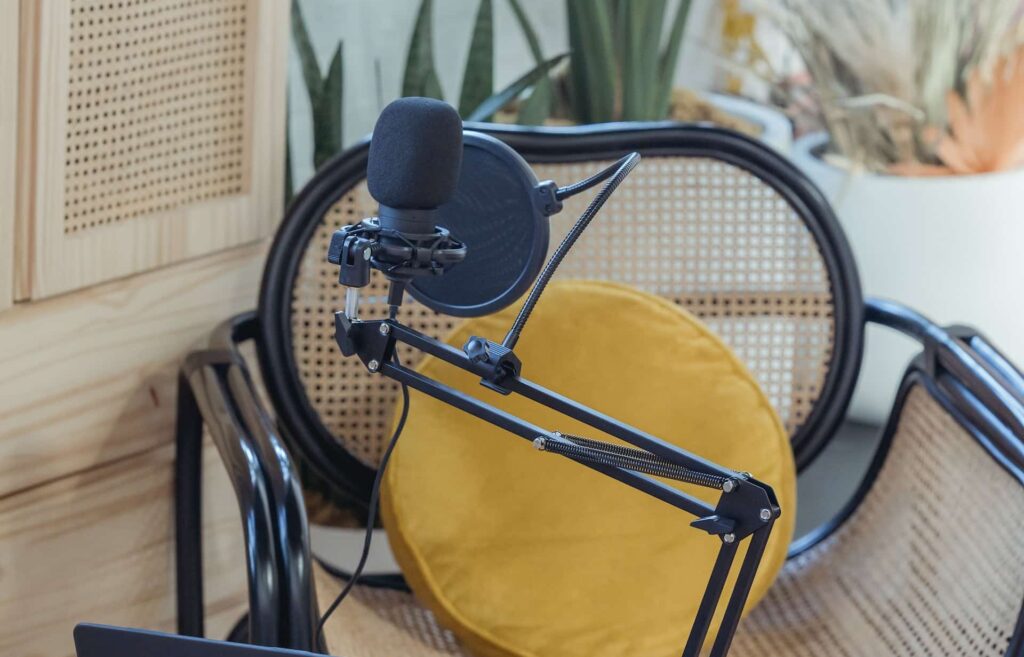The AKG C414 XLS is a classic studio condenser microphone known for its versatility and high-quality sound. With its large-diaphragm design and nine selectable polar patterns, the C414 XLS is adaptable to a wide range of recording situations. Its robust construction and elegant design make it an attractive addition to any studio setup, while its long-standing reputation for excellence ensures that it remains a popular choice among audio professionals.
The C414 XLS features a dual-diaphragm capsule design, which allows it to deliver superior transient response and detailed sound reproduction. The capsule is protected by an integrated pop screen, reducing plosive sounds and ensuring clean recordings. The microphone’s body is crafted from a combination of metal and high-quality plastic, which gives it a robust and durable feel and helps minimize handling noise.
One of the key features of the AKG C414 XLS is its selectable polar patterns. With the flip of a switch, you can choose between nine different polar patterns, including cardioid, wide cardioid, hypercardioid, omnidirectional, and figure-8, as well as various intermediate settings. This makes the C414 XLS an incredibly versatile microphone for different recording scenarios, capable of adapting to suit your specific needs.
The AKG C414 XLS also boasts a -6 dB, -12 dB, and -18 dB pad switch, which allows it to handle extremely high sound pressure levels without distortion. This feature is particularly useful when recording loud sources such as drums or amplified instruments. Additionally, the C414 XLS includes a switchable high-pass filter that can be engaged at 40 Hz, 80 Hz, or 160 Hz to reduce low-frequency noise and rumble, ensuring a clean and focused recording.
Performance
The AKG C414 XLS offers outstanding performance with its wide frequency response, high SPL handling capability, and low self-noise. It captures vocals and instruments with incredible detail and accuracy, ensuring that your recordings sound natural and lifelike. The nine selectable polar patterns provide flexibility, allowing you to tailor the microphone’s response to your specific recording needs.
The C414 XLS’s exceptional performance can also be attributed to its meticulously crafted internal components. The microphone has a transformerless output stage, contributing to its smooth and natural sound. The combination of high-quality components and AKG’s renowned engineering expertise results in a microphone that delivers unparalleled audio quality.
Best Use
The AKG C414 XLS is a fantastic choice for recording vocals in a professional studio or home recording environment. Its versatility makes it suitable for a wide range of applications, including recording acoustic instruments, ensembles, and even drum overheads. With its multiple polar patterns, it can adapt to various room acoustics and recording setups, making it a valuable tool for any recording engineer or producer.
In addition to its prowess in capturing vocals and instruments, the C414 XLS is also an excellent choice for broadcast applications, voice-over work, and podcasting. Its detailed sound reproduction and adaptability to various recording situations make it a popular choice among professionals in these fields.
Competitive Advantage
The AKG C414 XLS sets itself apart from the competition with its impressive versatility and exceptional sound quality. Its nine selectable polar patterns make it a highly adaptable microphone, capable of easily handling various recording situations. The C414 XLS has a longstanding reputation for excellence, making it a trusted choice for professionals and enthusiasts alike.
Moreover, the C414 XLS’s ability to handle high SPLs and its selectable pad options make it suitable for recording loud sound sources without distortion. This microphone’s comprehensive set of features and outstanding performance make it a standout option among other condenser microphones in its class.
Room for Improvement
While the AKG C414 XLS is an excellent microphone, it comes with a higher price tag compared to some other options on the market. Additionally, its many features and polar patterns may make it more complex for beginners to navigate and fully utilize. Some users might find the microphone’s sensitivity to handling noise a drawback, necessitating the use of a shock mount or other isolation methods to minimize unwanted noise during recording.
What makes it special?
- Outstanding sound quality
- Versatile with nine selectable polar patterns
- Trusted reputation in the industry
- Suitable for various recording applications
- High SPL handling capability
- Comprehensive set of features
What cons did we find?
- Expensive
- It may be complex for beginners
- Sensitive to handling noise







